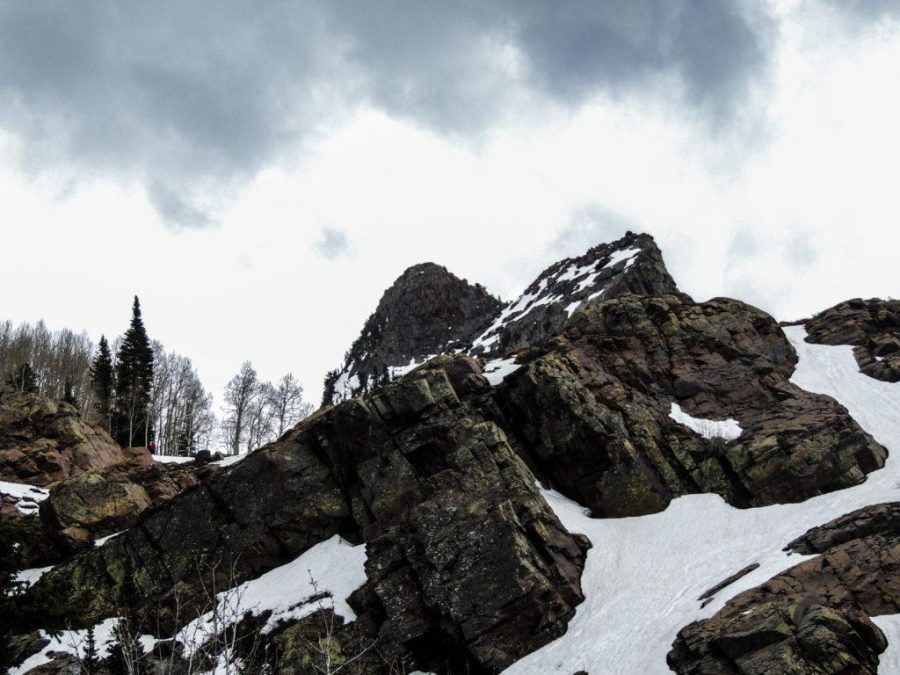As any grizzled Utah native will tell you, “if you don’t like the weather, wait five-minutes.” This hackneyed anecdote never rings truer than during spring. While each surprise snowstorm means an extended season for local powder-junkies, those of us who prefer deep-canyon excursions are left waiting. Fortunately, the grand ol’ Wasatch is much more accessible than you may think. The handy rule-of-thumb is stick to the foothills.
Stand on an elevated surface and look towards the mountains. You’ll notice that the range remains bare, dry, and accessible from the radio towers and smaller peaks from behind the University of Utah (like Mount Wire) to Mount Olympus and continuing along the Wildcat Ridge. This stretch may seem limited, but there’s plenty to explore without getting your feet wet.
The first more challenging peak-bagging excursion available is almost always Mount Olympus, which can be done without specialty equipment as early as late April. See here for a guide up this grueling summit.
The most important thing to recognize when spring hiking in this bipolar range is that conditions are always in flux. While weather reports will give you a general idea of conditions-to-come, they are ultimately tentative until you wake up that day and look at the sky.
Also, if you do intend to take your hike higher than the Bonneville Shoreline (which carves along the lower reaches of nearly the entire range), prepare to get muddy. Residual snow at higher elevation melts in spring, and wary hikers often find themselves sludging through the mud. Wear sturdy boots and bring an extra layer, regardless of how easy the hike may seem.
When warmer temperatures arrive, Millcreek, Neff’s, and the Cottonwood Canyons will gradually open themselves up to adventurers—though don’t be surprised if you run into mud and snow in the shadows. Late-spring is a wonderful time to catch a view of the violent and impetuous spring run-off in the rivers that carve the canyons and the blooming wildflowers beside them.
Photo by Dalton Rees


